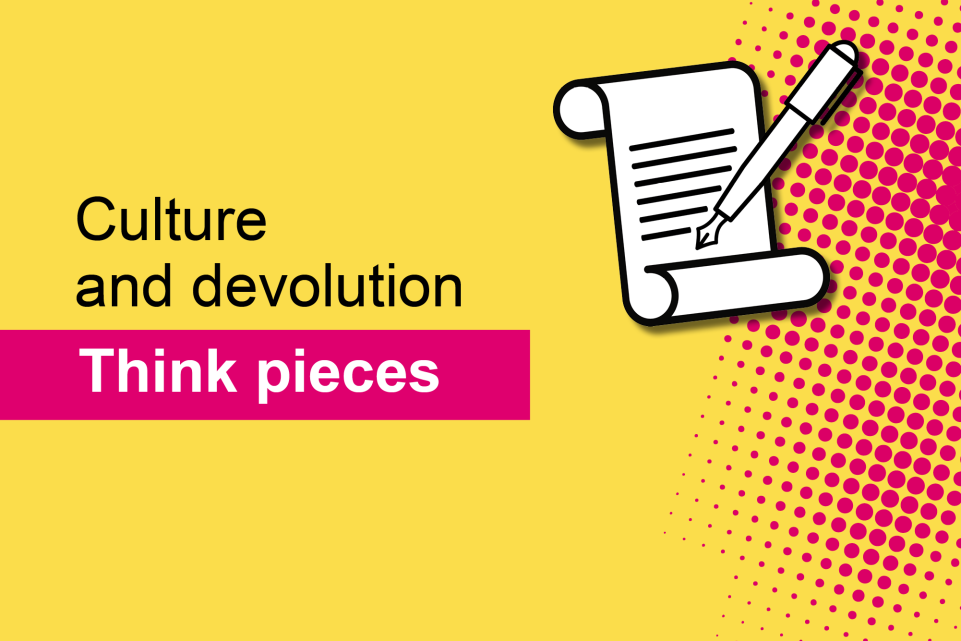Shivani H Menon, Senior Researcher at UK Onward, explores how we can grow local philanthropy.
Turning around the fortunes of Britain’s left behind neighbourhoods requires many helping hands. Council budgets are under increasing pressure as demand for their services continues to surge. To address the scale of challenges facing local areas, leaders will have to look further afield for funding. Philanthropy offers a promising solution.
Onward’s recent report ‘Giving Back Better’ revealed enormous untapped potential for philanthropy to serve communities in the UK. While the UK is a generous country, the richest aren’t always contributing their fair share. If the wealthiest 10 per cent of households donated at the same rate as the poorest 10 per cent, charities could receive as much as £3.4 billion in additional donations each year.
This lost philanthropic potential disproportionately affects the poorest parts of the country. Tracing the grantmaking footprint of the largest philanthropic foundations (those that distributed £10 million or more in grants in 2022), our research revealed that London received 33 per cent of all grants despite hosting just 11 per cent of the UK population. The East and West Midlands collectively received just 6% of grants, but account for 17 per cent of the population.
Deprived areas are not only home to fewer wealthy residents, but they often have a fraying social fabric. This double disadvantage leaves them with a smaller pool of major donors to rely on, and the lack of community strength makes it harder to coordinate civic action around philanthropy. Increasing giving in such places means both attracting more donations and building community capacity.
There are philanthropic exemplars across the country that show a way forward. These all follow one of two models for success: the patron model, that sees a highly engaged philanthropist donate to areas of need, or the civic actor model, which requires proactive anchor institutions that attract and coordinate philanthropy.
There are many examples of the patron model generating place-based progress: Steve Morgan assisting vulnerable families in North Birkenhead, Jason Stockwood helping young people through sport in Grimsby, or the late Doreen Lofthouse bequeathing her life’s fortune of £41 million to her hometown of Fleetwood.
But the philanthropic sector cannot be left reliant on the incidental generosity of wealthy individuals. As it is, too few of the wealthy participate in philanthropy. In 2018-19, half of all donations from the richest one per cent of households came from just five per cent of the group. Wealthy individuals are also likely to give only when asked, making their participation dependent on proactive fundraising by civic bodies.
Philanthropy isn’t just the act of giving money away to charity. It is a strategic and long-term decision to invest resources towards achieving specific outcomes. The civic actors that deliver this - the network of foundations, charities, community groups, educational institutions, and businesses - are an important part of philanthropy. If we want to grow giving sustainably, we need to strengthen these institutions. That is where local leaders and councils can come in.
First, councils could identify and map the civic capacity in their area. Different organisations engage with philanthropy in different ways. And knowing what actors exist in the area, their expertise, and capacity is important to identifying how they might be able to facilitate philanthropy.
For example, businesses share commercial and operational expertise and provide funding to support charitable activity. The Cumbria Community Foundation was born out of an endowment from Sellafield, a major local employer. Universities and other higher education institutions can convene prospective donors that have a strong relationship to the local area. The University of Staffordshire hosts the ‘Made in Stoke’ network that encourages individuals that were either born, lived in, or worked out of Stoke to donate back to the area.
Second, local councils could maintain a database of local charities, their activities, and funding requirements, and share this with other organisations looking to grow their charity partnerships. Readily accessible information on potential charities and their causes could help to attract first time donors who are unsure of their philanthropic priorities. The platform ‘Neighbourly’ already operates a similar matching service. It connects businesses looking to donate money, goods, or time to local charities. Prospective donors can then locate charities that align with their interests.
Philanthropy is most effective when it addresses issues close to the local community. Community Foundations are intended to do just this, providing localised strategic oversight in allocating grant funding to important local causes. The Community Foundation for Tyne, Wear and Northumberland runs an annual ‘Vital Signs’ report that identifies the most pressing challenges in the North East. They then align their grantmaking to help address these causes. But while promising, Community Foundations can be limited in their capacity and geographic reach, leaving some parts of the country underserved by charitable activity.
To address this, the Government could create ‘Charitable Action Zones’ (CAZs). Like Community Foundations, they would help distribute philanthropic funding locally, but they would also be able to leverage additional match funding and be set up in places that currently see too few donations. They would be governed by civic organisations that already operate in the area, giving existing innovative leadership across the country a formal vehicle to operate out of.
Finally, local councils have a foundational role to play in supporting CAZs. The Trusts that run the CAZs are likely to struggle to raise their share of the match funding initially. Councils could work with central Government to commission fundraising and capacity-building training. Councils are also well-placed to share their knowledge of local challenges and funding gaps with CAZs to help inform their allocation of grants.
Boosting local philanthropy is about changing culture and strengthening institutions. Councils can serve as the catalyst to accelerate this process, identifying possible patrons and bringing together organisations across sectors. Over time, places can build a cohort of philanthropists engaged in problem-solving and investing in the future. The problems facing councils might be significant, but they don’t have to face them alone.


